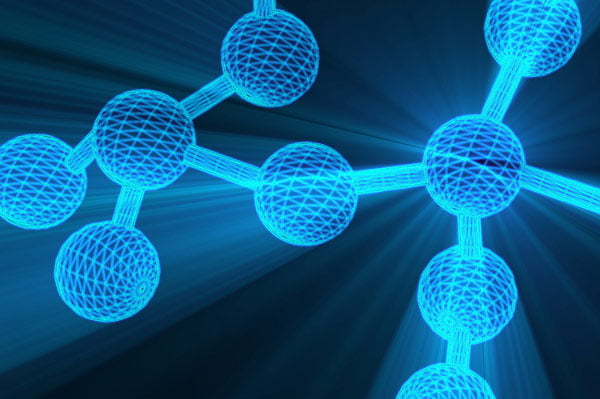Smart materials are designed materials that have one or more properties that can be significantly changed in a controlled fashion by external stimuli, such as stress, temperature, moisture, pH, electric or magnetic fields.
Group of new and state-of-the-art materials now being developed, and expected to have significant influence on present-day technologies, especially in the fields of medicine, manufacturing and defense. Smart/Intelligent material system consists some type of sensor (detects an input) and an actuator (performs responsive and adaptive function).
Actuators may be called upon to change shape, position, natural frequency, mechanical characteristics in response to changes in temperature, electric/magnetic fields, moisture, pH, etc.
Four types of materials used as actuators: Shape memory alloys, Piezo-electric ceramics, Magnetostrictive materials, Electro-/Magneto-rheological fluids. Materials / Devices used as sensors: Optical fibers, Piezo-electric materials, Micro-electro-mechanical systems (MEMS), etc. Typical applications: By incorporating sensors, actuators and chip processors into system, researchers are able to stimulate biological human-like behavior; Fibers for bridges, buildings, and wood utility poles; They also help in fast moving and accurate robot parts, high speed helicopter rotor blades; Actuators that control chatter in precision machine tools; Small microelectronic circuits in machines ranging from computers to photolithography prints; Health monitoring detecting the success or failure of a product.


